Optimal Timing for Waterproofing Projects
Proper timing for waterproofing projects is essential to ensure durability and effectiveness. The optimal period generally depends on climate conditions, temperature ranges, and moisture levels. Conducting waterproofing during favorable weather conditions can extend the lifespan of the application and prevent issues caused by premature exposure to adverse elements.
These seasons offer moderate temperatures and lower humidity, ideal for applying waterproofing materials. Dry conditions help ensure proper adhesion and curing.
Late summer and early fall provide suitable weather for waterproofing before winter, reducing the risk of moisture infiltration during colder months.
Cold temperatures can hinder the curing process and reduce the effectiveness of waterproofing materials, making winter an unsuitable time for such projects.
Applying waterproofing during or just before heavy rain can compromise adhesion and lead to incomplete sealing.
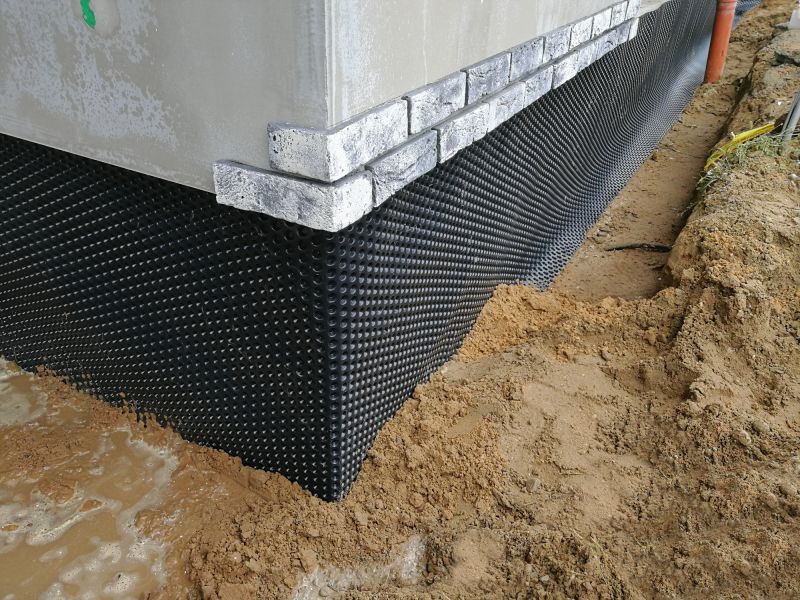
Optimal weather conditions facilitate effective sealing and curing.

Prepares structures for winter moisture challenges.
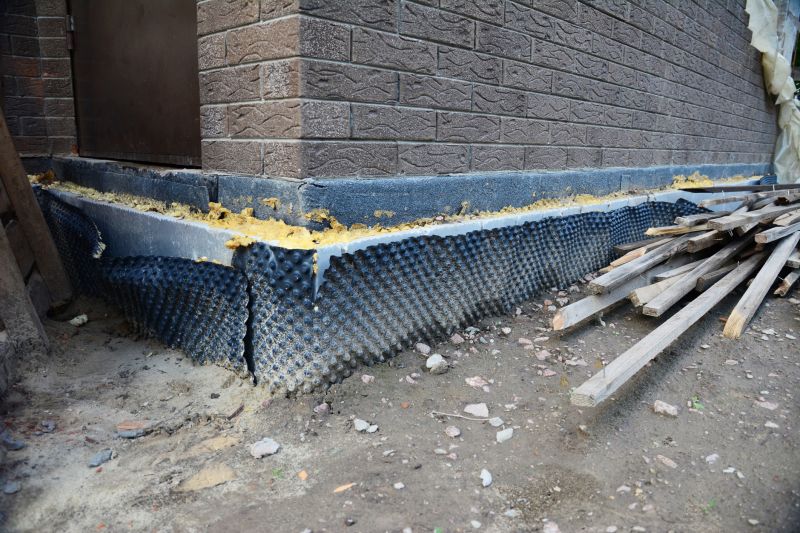
Ensures proper adhesion and longevity of waterproofing layers.

Ways to make Waterproofings work in tight or awkward layouts.
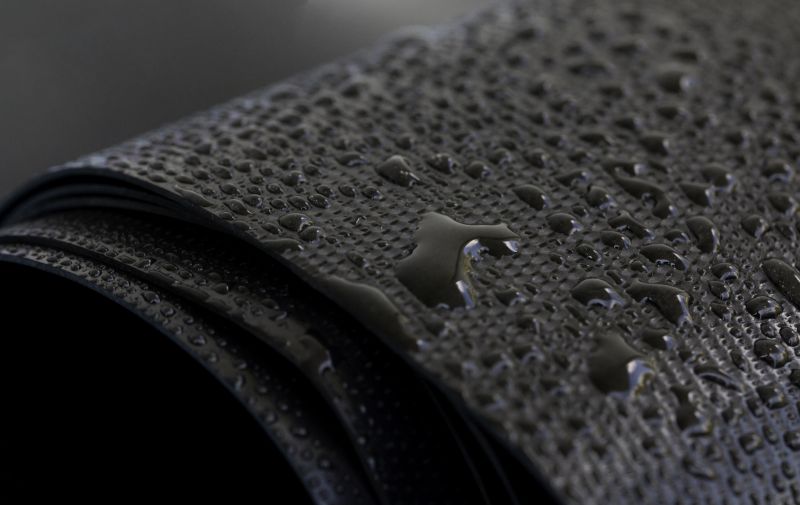
Popular materials for Waterproofings and why they hold up over time.

Simple add-ons that improve Waterproofings without blowing the budget.
| Season | Optimal Conditions |
|---|---|
| Spring | Moderate temperatures, low humidity, dry days |
| Early Summer | Warm, dry weather suitable for application |
| Late Summer | Ideal for preparing structures for winter |
| Early Fall | Cooler temperatures but still dry |
| Winter | Not recommended due to cold temperatures and moisture |
Waterproofings are essential for protecting structures from water intrusion, which can cause significant damage over time. They are applied to foundations, roofs, basements, and exterior walls to create a barrier against moisture. Properly installed waterproofing systems can prevent leaks, mold growth, and structural deterioration. Advances in waterproofing technology include liquid membranes, sheet membranes, and cementitious coatings, each suited for different applications and environments.
Statistics indicate that waterproofing can extend the lifespan of building components by decades. Regular maintenance and timely application of waterproofing materials can significantly reduce repair costs and improve building integrity. The choice of waterproofing method should consider climate, structure type, and exposure conditions to maximize effectiveness.
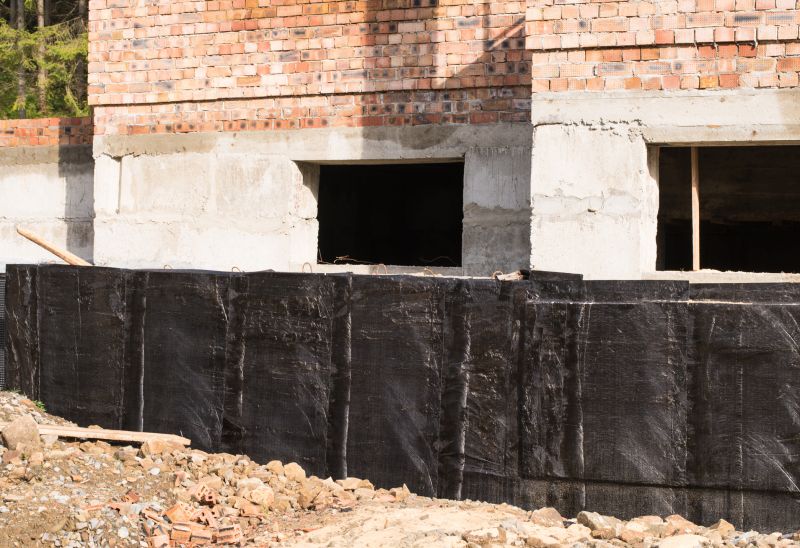
Application of liquid membrane on foundation walls.
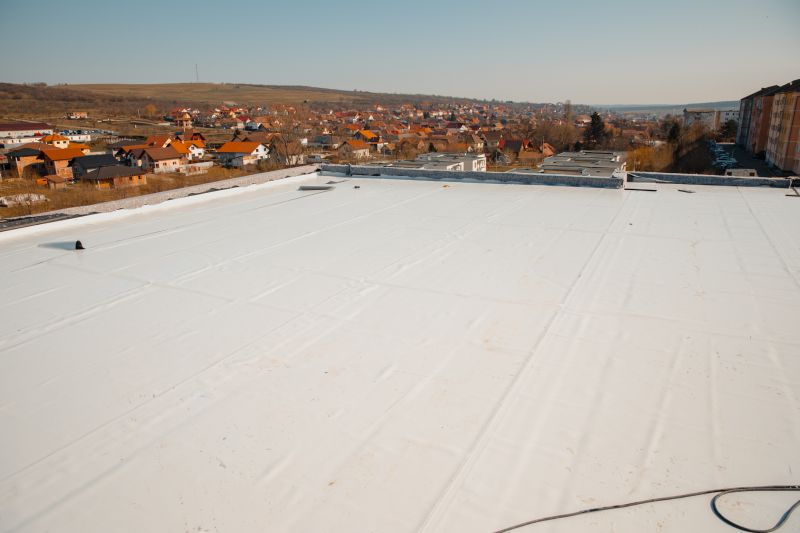
Roof waterproofing with membrane layers.

Protective coating applied to basement walls.
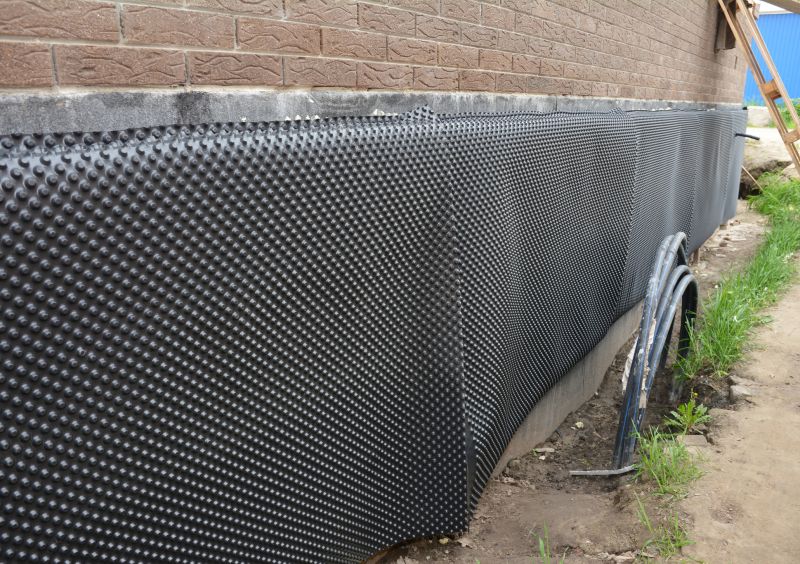
Ensures water resistance for exterior surfaces.
Interested parties are encouraged to contact for further information or to schedule a waterproofing assessment. Proper timing and application techniques are crucial for ensuring long-lasting protection against water damage.

